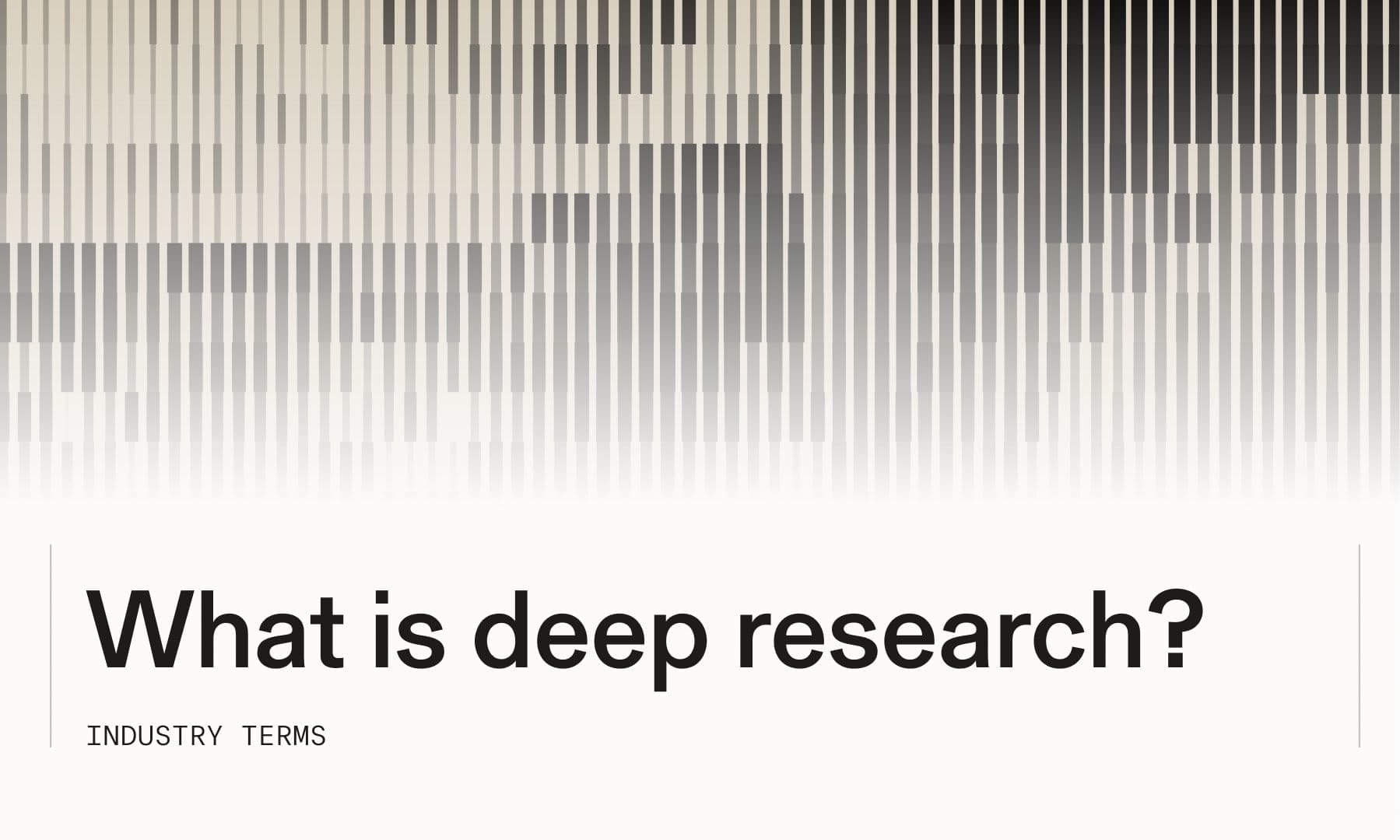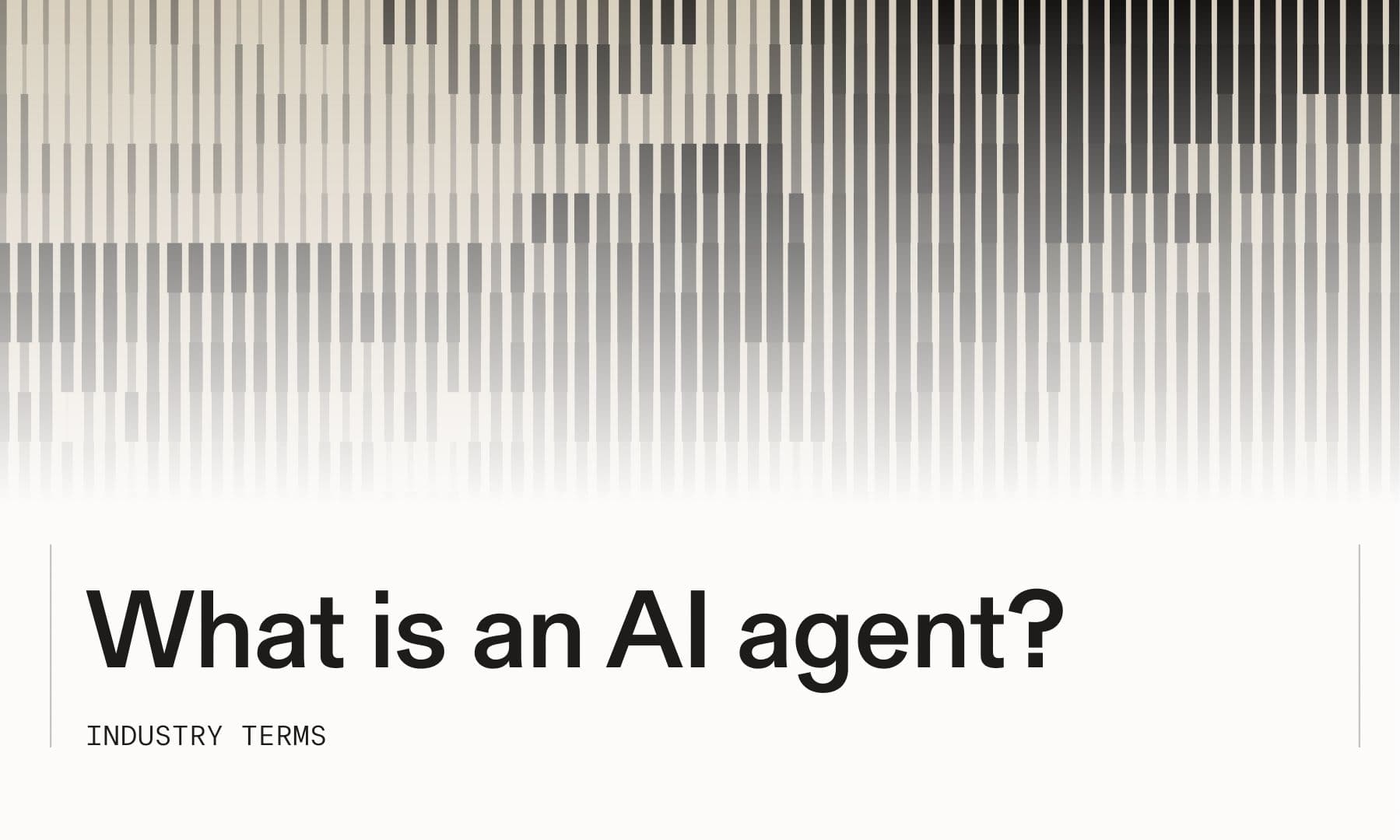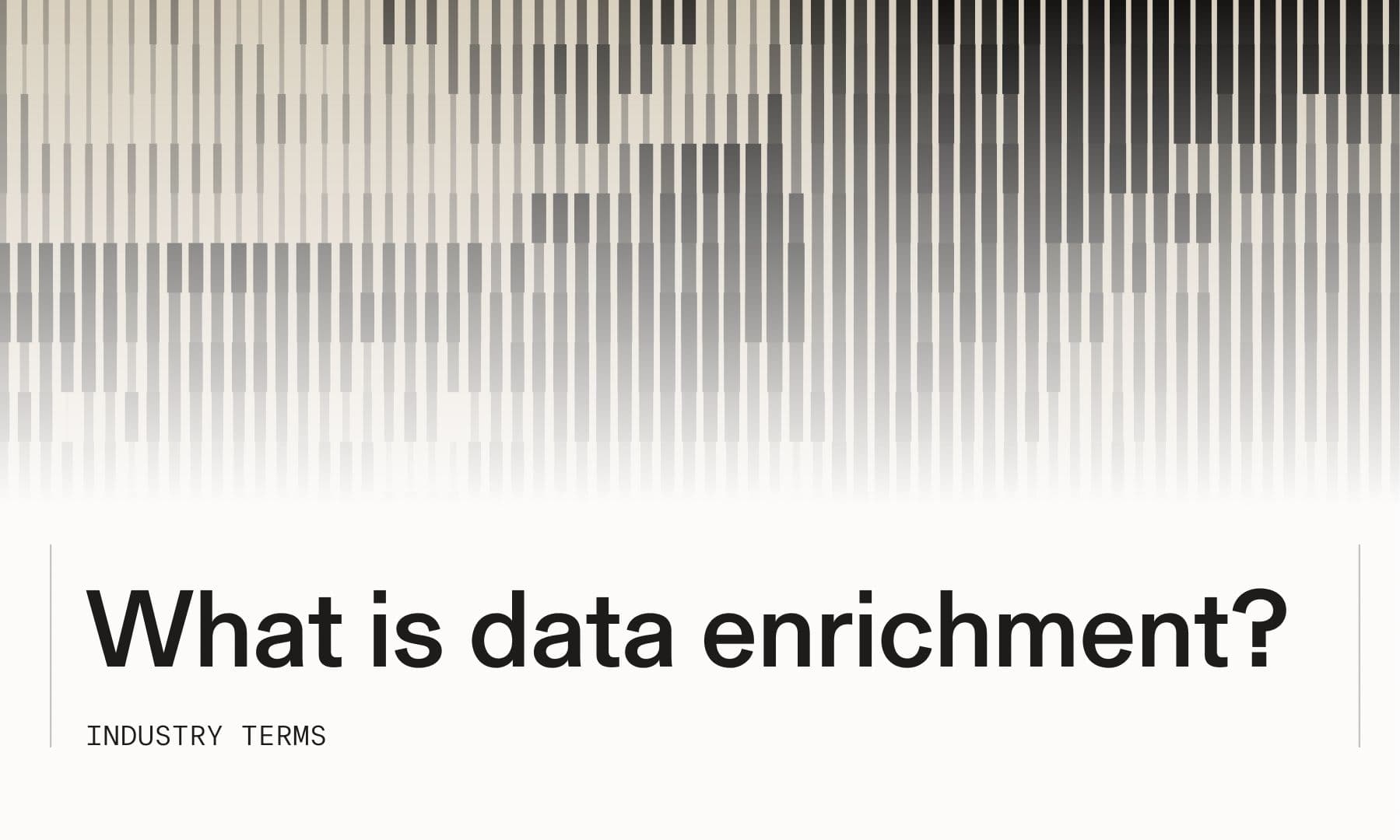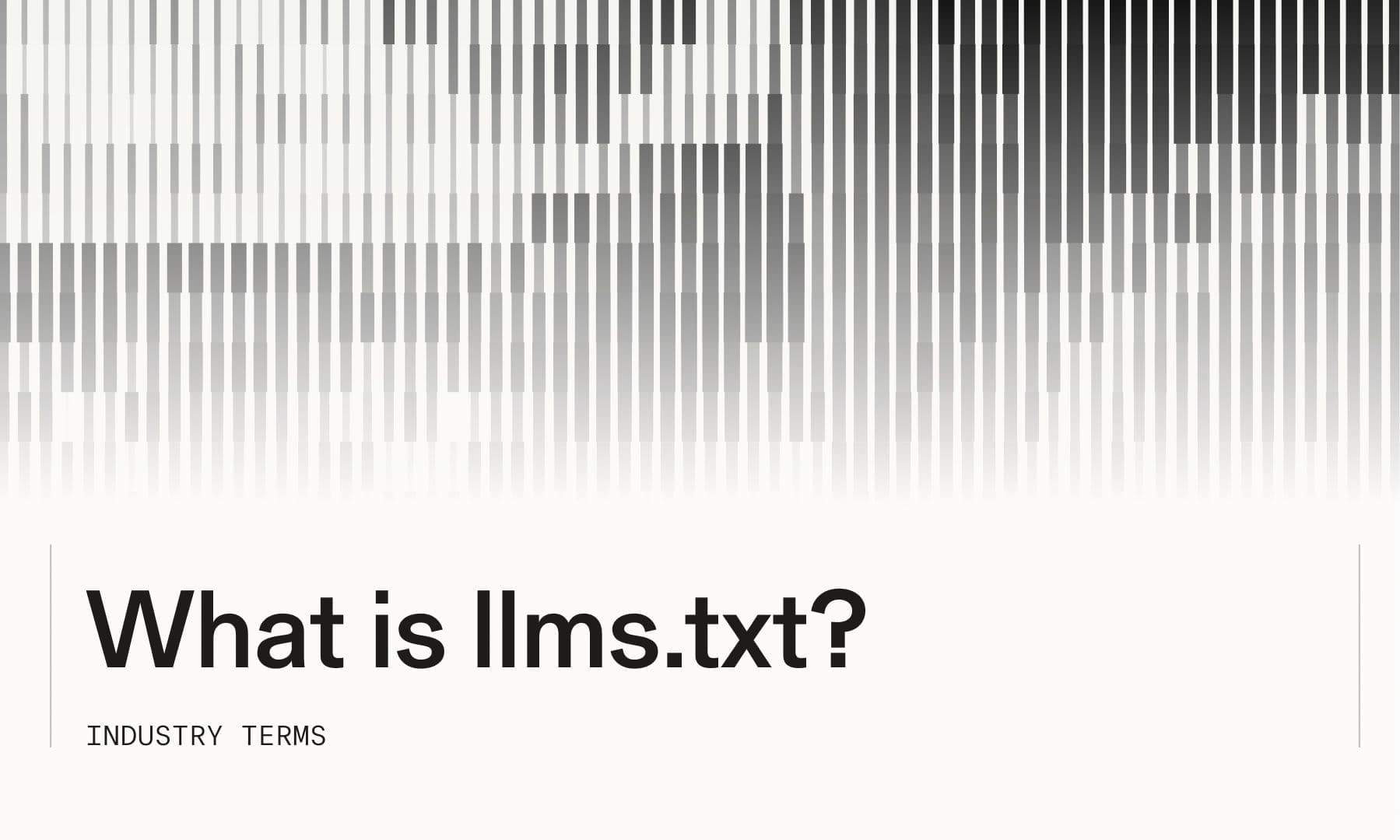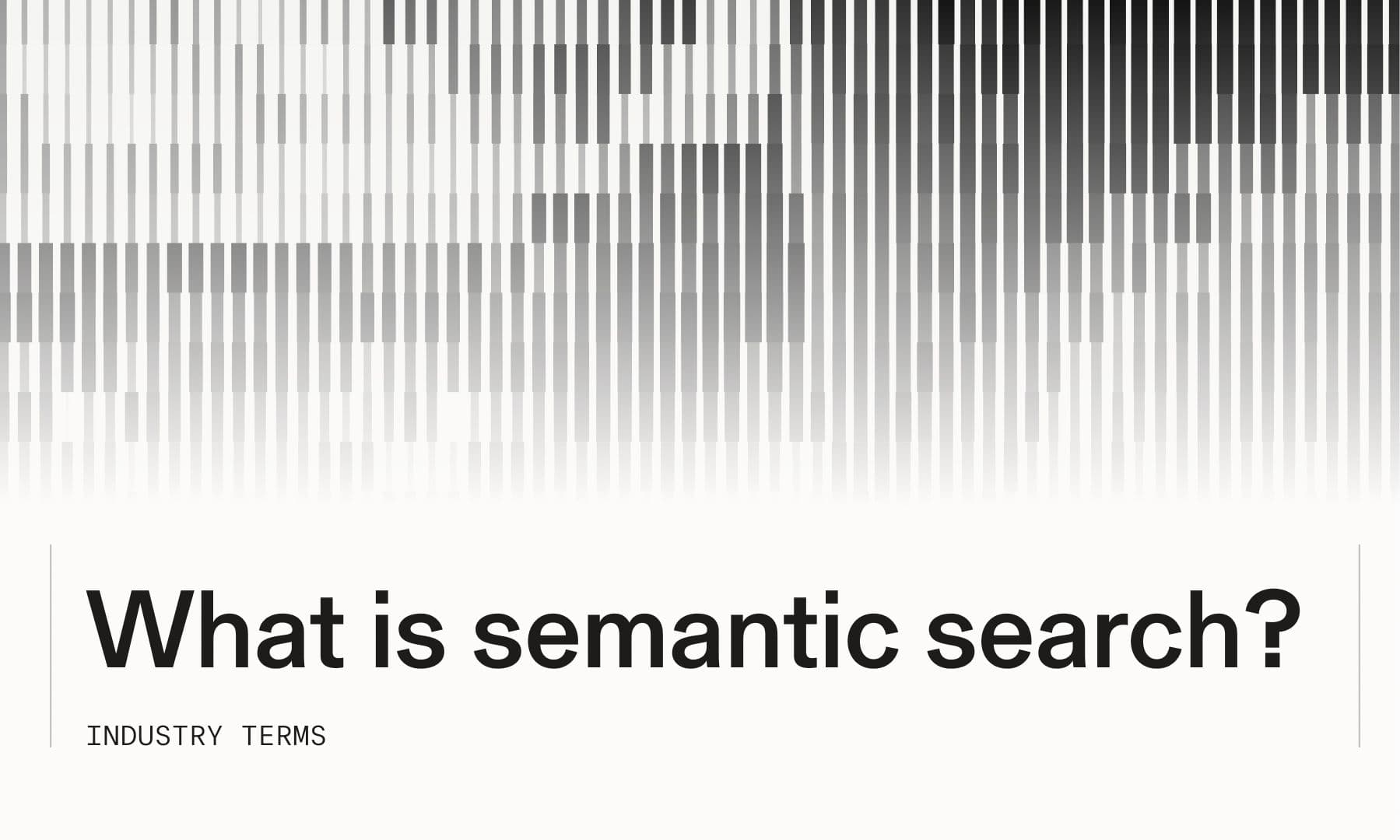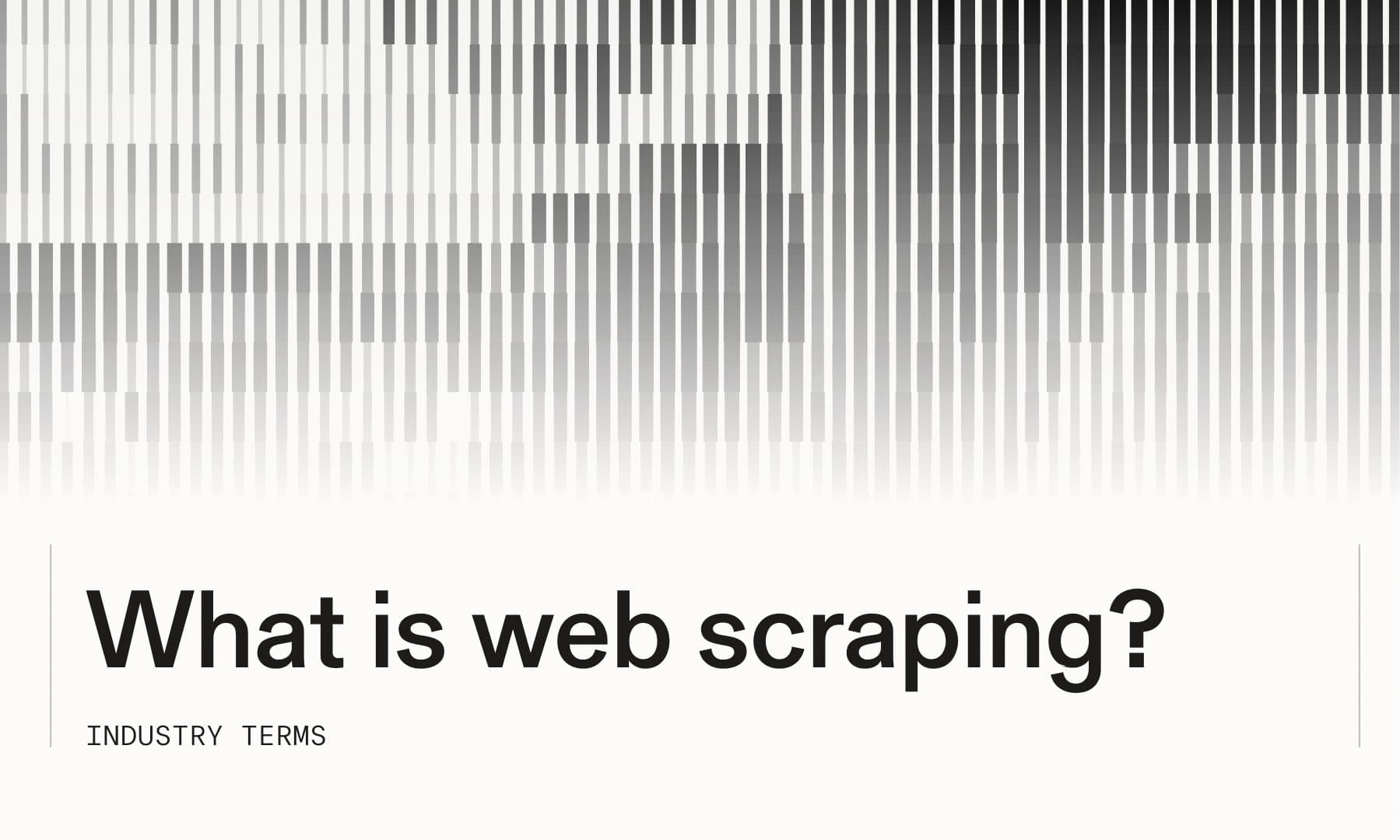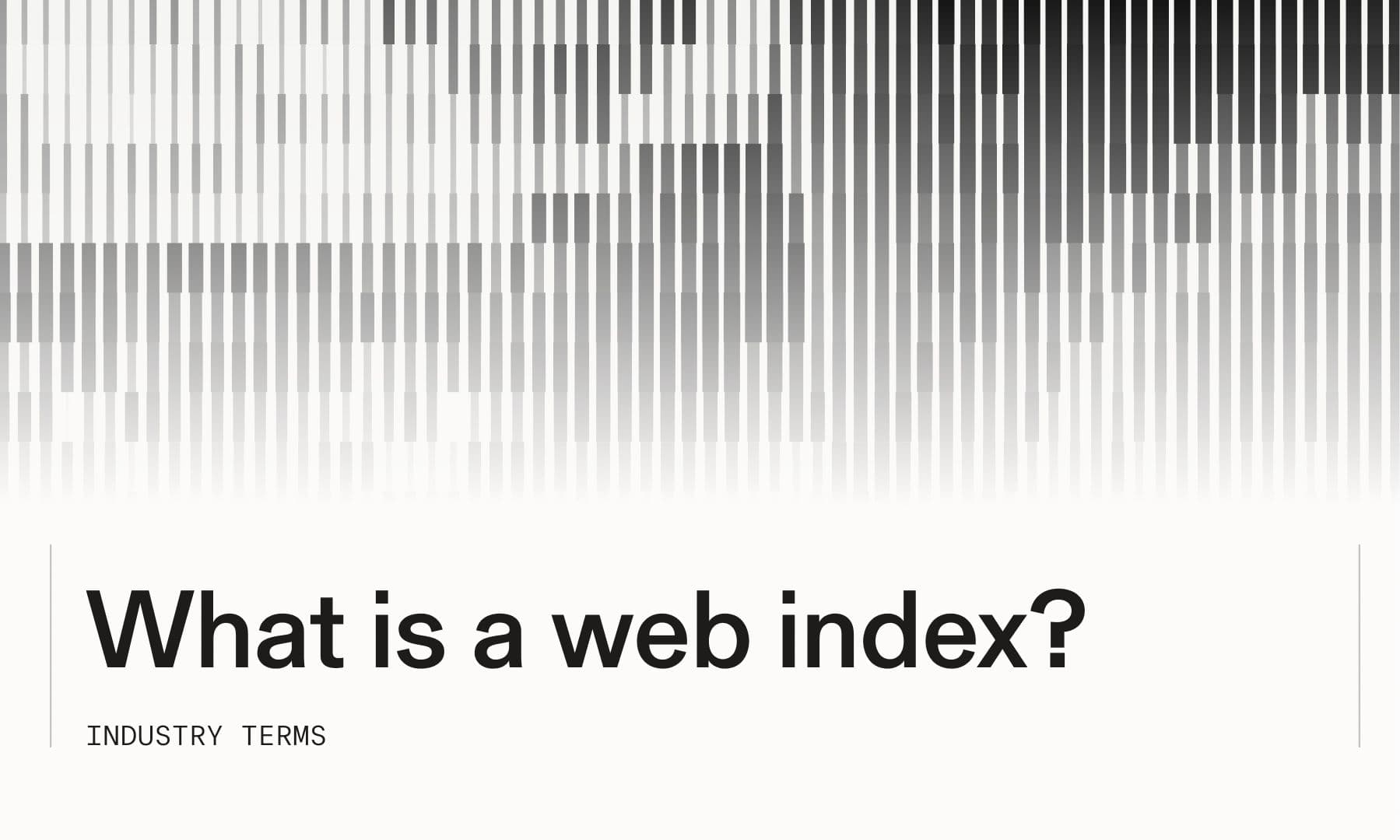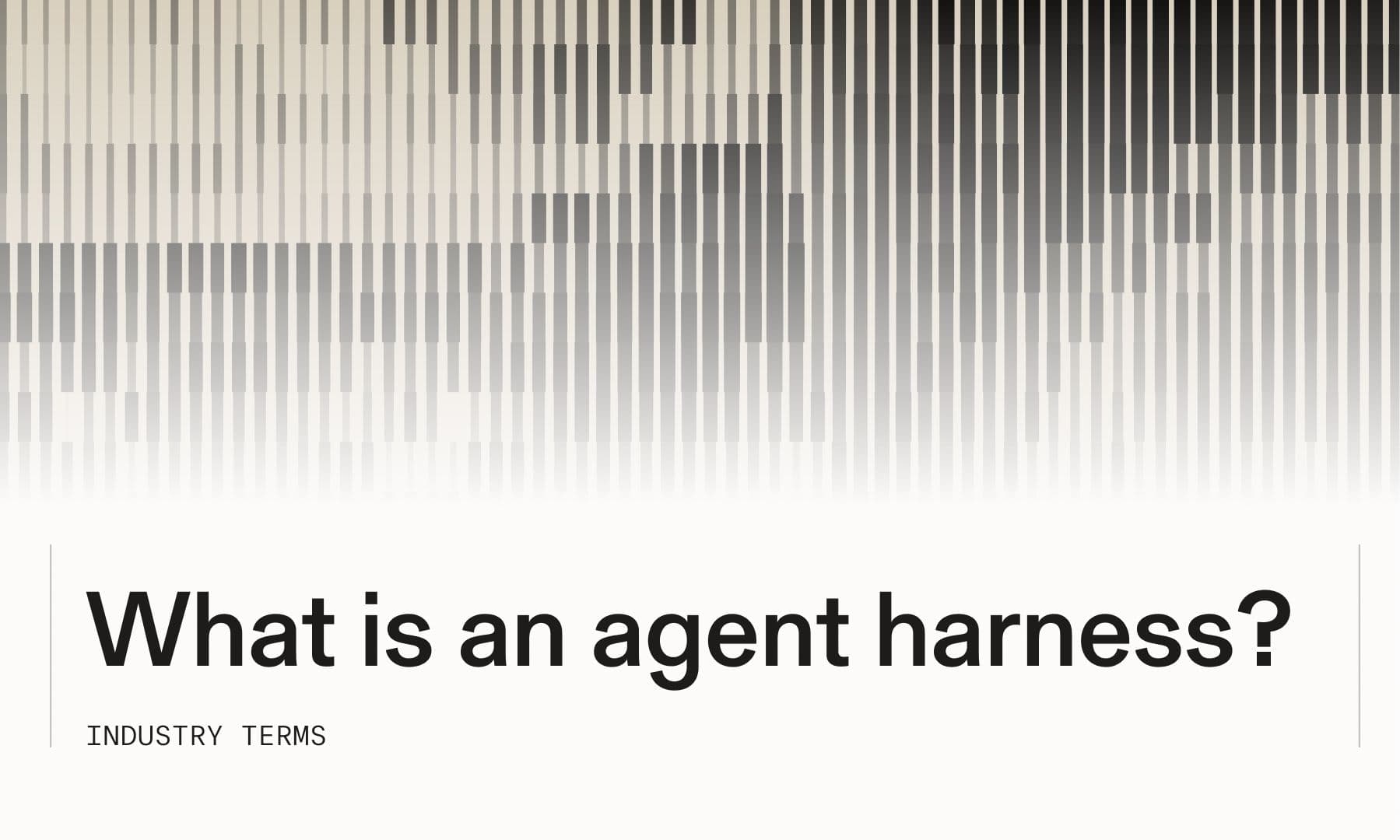
# What Is MCP: Model Context Protocol Fundamentals
Large language models can generate impressive text, but they're blind to everything outside their training data: last week's news, a company's database, this morning's market changes. The Model Context Protocol (MCP) is an open standard introduced by Anthropic that allows LLMs to connect with external data sources, tools, and services through a single, standardized interface. This article covers how MCP works, why it matters for AI agents, the core architecture that makes it possible, and how to implement it in your own applications.
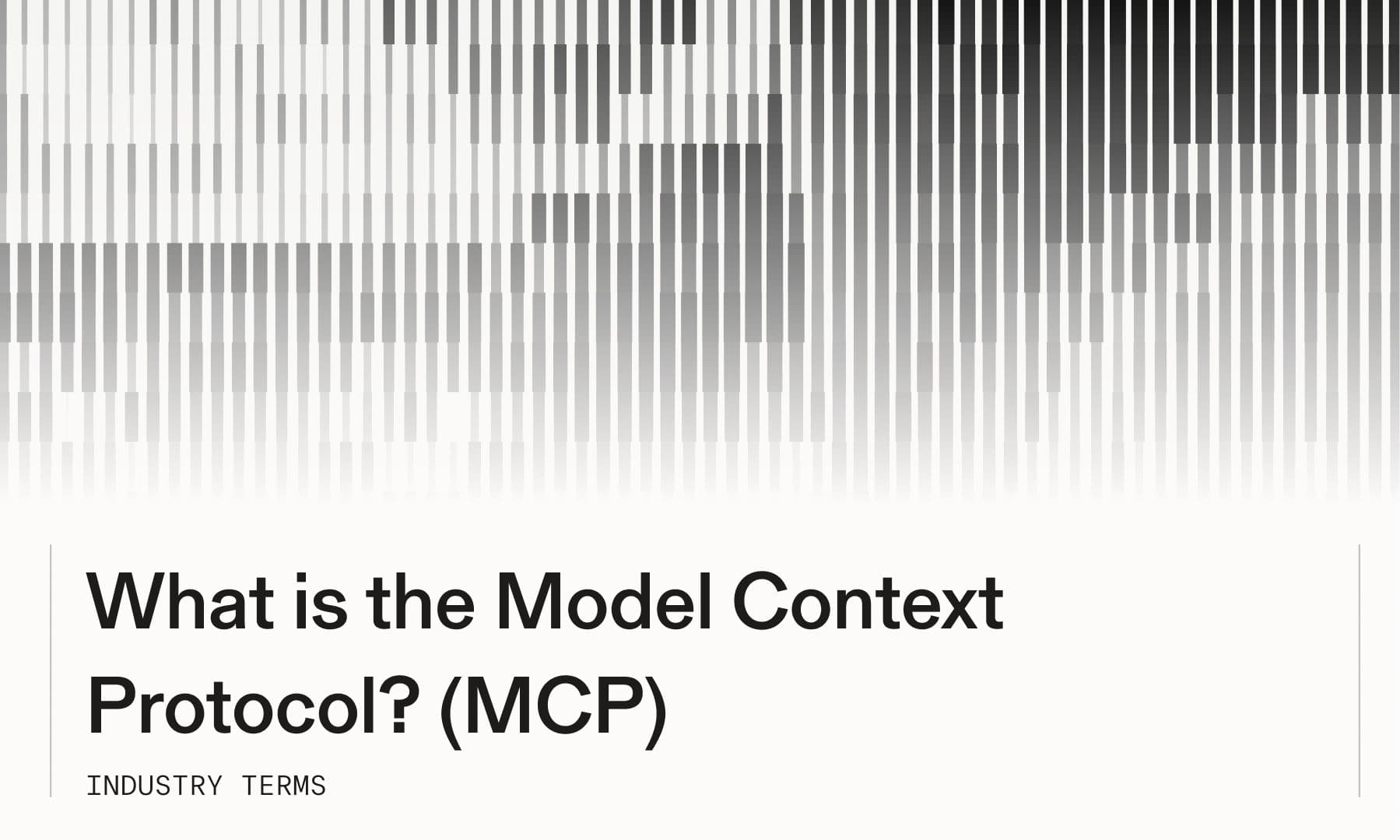
## **Definition and core purpose of the Model Context Protocol**
The Model Context Protocol (MCP) is an open standard that allows large language models (LLMs) to connect with external data sources, tools, and services to access real-time information and perform actions. Introduced by Anthropic in November 2024[Anthropic in November 2024]($https://www.anthropic.com/news/model-context-protocol), MCP replaces fragmented integrations with a standardized approach. Think of it as a universal adapter that lets AI applications communicate with any external system through one consistent interface.
Before MCP, every AI application needed custom code to connect with databases, APIs, search engines, and other services. Each integration was different, which created maintenance overhead and limited how quickly developers could add new capabilities to their AI systems.
MCP provides a specialized API protocol that enables AI applications to communicate with servers that provide context and functionality. An MCP server might connect an LLM to a company database, a calendar system, or a web search API, all using the same standardized communication pattern.
## **Why MCP matters for AI agents and LLMs**
LLMs face a fundamental limitation: they're constrained by their training data, which becomes outdated the moment training ends. An AI assistant trained six months ago doesn't know about this morning's news, your company's latest database entries, or real-time market conditions.
MCP enables AI agents to break free from this constraint by accessing live information and performing actions in the real world. Instead of hallucinating answers based on stale training data, agents can query current systems and retrieve verified information.
What becomes possible:
- - Database queries retrieve customer records, inventory levels, or sales data from your production systems
- - Calendar integration checks availability and books meetings across team members' calendars
- - Web search researches current information, verifies facts, and synthesizes findings from multiple sources
- - File system access reads, writes, and organizes documents within specified directories
- - API interactions send emails, create tickets, or update CRM records
The difference between an LLM with and without MCP is the difference between a reference book and a research assistant. One contains fixed knowledge; the other actively gathers what it needs.
## **Key components of the MCP architecture**
MCP operates through a three-tier architecture that separates concerns and maintains security. Each component plays a distinct role in connecting AI models to external capabilities.
**Host**
The host is the LLM application—like Claude, ChatGPT, or your custom AI agent—that initiates requests and processes responses. It's where the user interacts with the AI and where the model generates its reasoning and outputs.
**Server**
The server is the external service providing tools, data, or functionality. A database server exposes query capabilities, a search server provides web research functions, and a calendar server offers scheduling operations. Each server implements the MCP protocol to advertise its capabilities and handle requests.
**Client**
The client acts as middleware, translating between the host and server. LLMs can't directly execute tools or make API calls—they generate text. The client interprets the model's intentions, executes the appropriate server operations, and returns results in a format the model can process.
**Schema and type system**
MCP defines how data structures and tool interfaces are described. When a server connects, it publishes schemas that specify what operations it supports, what parameters they require, and what data types they return. This allows the host to understand capabilities without custom integration code.
### **Security and permissioning layer**
MCP includes authentication mechanisms and access controls. Servers can require API keys, OAuth tokens, or custom credentials, and they can restrict which operations different clients can perform.
## **How the MCP workflow operates step-by-step**
An MCP interaction follows a predictable sequence, using JSON-RPC 2.0 messages to establish communication and exchange information. Here's how a complete workflow unfolds.
**1. Tool registration**
When a server starts, it announces its available tools and capabilities to any connecting clients. A database server might advertise "query_records," "update_entry," and "list_tables" as available operations, along with the parameters each requires.
**2. Capability discovery**
The client connects to the server and negotiates the protocol version, ensuring both sides support compatible features. During this handshake, the client learns exactly what the server can do—which tools exist, what data formats they accept, and what permissions are required.
**3. Context packaging**
When the host LLM determines it needs external information, it signals the client with a description of what it wants. The client formulates an appropriate request to the server, which retrieves the relevant data and packages it in an LLM-friendly format—structured, concise, and ready to slot into the model's context window.
**4. Model invocation**
The host receives the packaged context and processes it alongside the user's original query. The LLM reasons over this fresh information and generates a response or decides to take an action, which might trigger additional MCP requests.
**5. Result verification**
The client validates the server's responses before passing them to the host, checking for errors, malformed data, or unexpected results. This verification layer catches problems before they reach the model, improving reliability and reducing hallucination risk.
## **MCP versus function-calling, OpenAPI, and other tool protocols**
You might be wondering how MCP differs from existing approaches like function-calling APIs or OpenAPI specifications. The distinction comes down to design philosophy and use case optimization.
Function-calling in LLM APIs like OpenAI's or Anthropic's lets models invoke specific functions you define, but you still write custom code for each integration. MCP standardizes that entire layer—the model doesn't know whether it's talking to a database, a search engine, or a file system. The protocol is the same.
## **Benefits of adopting MCP in AI applications**
MCP delivers concrete advantages that compound as your AI systems grow more sophisticated:
- - **Reduces integration complexity:** Instead of maintaining dozens of custom integrations, you write one MCP client that connects to any compliant server
- - **Minimizes hallucination risk:** Structured data and verification reduce AI errors because models work with current, validated information rather than generating plausible-sounding fabrications
- - **Enables multi-hop reasoning:** Agents can chain multiple tools for complex tasks—searching the web, extracting structured data, querying a database, and synthesizing findings
- - **Improves security posture:** Centralized authentication and permissions mean you configure access control once rather than implementing it separately for each integration
- - **Standardizes auditing and logging:** Consistent tracking across all tool interactions gives you visibility into what your AI agents are doing
When an agent retrieves data through MCP, you can trace exactly where that information came from. Every MCP request and response flows through the same infrastructure, making it straightforward to monitor, debug, and audit agent behavior.
## **Limitations and open challenges of the MCP standard**
MCP isn't a silver bullet, and it's worth understanding where the current implementation has room to grow. The protocol introduces some overhead—establishing connections, negotiating capabilities, and packaging data all take time. For simple use cases where you're making one straightforward API call, MCP might be overkill compared to a direct integration.
The ecosystem is still young. While Anthropic and a growing developer community are building MCP servers, you won't find MCP implementations for every service yet. If you need to connect to a niche API, you might build your own server.
There's also a learning curve. Developers familiar with REST APIs or GraphQL will need to understand MCP's architecture, JSON-RPC messaging, and schema definitions.
## **Current ecosystem, implementations, and governance**
MCP is gaining traction across the AI development community, with implementations emerging for common use cases and infrastructure.
**Anthropic Claude**
Claude was the first production LLM to support MCP natively. Anthropic uses the protocol internally and provides reference implementations that demonstrate best practices.
**Community reference servers**
Open-source MCP servers are available for databases (PostgreSQL, MongoDB), file systems, search APIs, and productivity tools. Reference implementations help developers understand the protocol and provide starting points for custom servers.
**Early adopter toolchains**
AI development platforms and agent frameworks are integrating MCP support. Developers building on platforms with native MCP can connect to MCP servers without writing low-level protocol code.
**Roadmap and working group**
Anthropic maintains the specification and coordinates with the developer community through GitHub discussions and working groups. The protocol is evolving based on real-world usage and feedback from implementers.
## **Quick-start guide implementing an MCP client or server**
Getting started with MCP is more approachable than it might seem. Here's the path from zero to a working implementation.
**1. Select a reference library**
Choose from available SDKs in Python, TypeScript, or other languages. The official MCP documentation provides starter templates that handle the JSON-RPC messaging and protocol negotiation for you.
**2. Define tool schemas**
Specify what data and functions your server will provide. A search server might define a "search" tool that accepts a query string and returns ranked results. Schemas describe parameters, data types, and expected responses.
**3. Expose endpoints**
Set up the server to handle MCP requests. This typically involves implementing handlers for capability discovery, tool execution, and result formatting.
**4. Test with an LLM**
Validate the integration works correctly by connecting your server to an MCP-compatible LLM. Send test queries that exercise your tools and verify the responses are formatted properly.
**5. Monitor and iterate**
Track performance and refine implementation based on real usage. Pay attention to latency, error rates, and how well the LLM interprets your tool descriptions—you might adjust schemas to improve agent understanding.
## **How Parallel Search complements MCP-based agents**
AI agents need access to current web information to reason effectively about the real world. Parallel's Search[Search]($https://parallel.ai/blog/search-mcp-server) and Task[Task]($https://parallel.ai/blog/parallel-task-mcp-server) APIs are available through MCP, giving agents enterprise-grade web research capabilities through the same standardized protocol.
When your MCP-enabled client/agent needs to research a topic, verify a fact, or gather current information, it can call Parallel's MCP servers to conduct basic search or reasoning-enhanced search. The agent describes what it's looking for—"Find the current CTO of this company" or "Research recent funding rounds for startups in the fintech space"—and Parallel returns structured, verifiable results optimized for LLMs.
Start building with Parallel's MCP integration[Start building with Parallel's MCP integration]($https://docs.parallel.ai/integrations/mcp/getting-started) to give your agents reliable access to web intelligence.
## **FAQs about the Model Context Protocol**
**How does MCP handle authentication and API keys?**
MCP supports standard authentication methods including API keys, OAuth, and custom schemes depending on the server implementation. Each server specifies its authentication requirements during the capability discovery phase, and clients provide credentials when establishing connections.
**Is MCP open source and royalty-free?**
Yes, MCP is an open standard developed by Anthropic with no licensing fees or proprietary restrictions. The specification, reference implementations, and documentation are publicly available, and anyone can build MCP clients or servers without permission or payment.
**Can I use MCP without running my own server?**
You can connect to existing MCP servers built by others, though you'll need to implement or use an MCP client. Many AI platforms are adding native MCP support, which means you can connect to MCP servers without writing client code yourself.
**What performance overhead does MCP add to an LLM call?**
MCP introduces minimal latency for the protocol negotiation—typically measured in milliseconds. The bulk of any delay comes from the actual tool execution time, not the protocol itself.
**How does MCP relate to retrieval-augmented generation services?**
MCP provides the standardized interface for RAG systems to deliver context to LLMs, while RAG focuses on the retrieval and generation process itself. You might use MCP to connect your LLM to a vector database or search service that implements RAG, making the two complementary rather than competing approaches.
By Parallel
October 22, 2025

